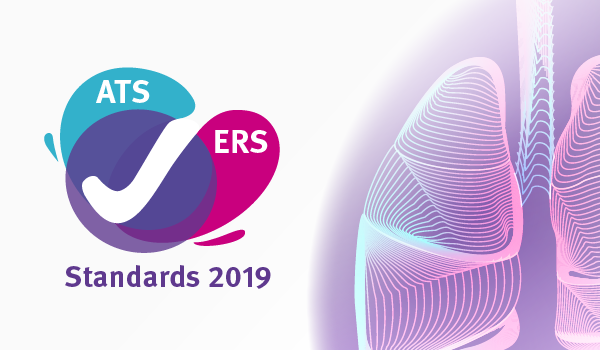ERS/ATS Spirometry Standard 2019 Part 6
ndd Spirometry \| To continue our in-depth analysis of the new spirometry standard, in today's article, we will focus on part 6 of the series \| 3 min read

To continue our in-depth analysis of the new spirometry standard, in today’s article, we will focus on part 6 of the series:
- Harmonization with ISO 26782
- FVC maneuver with maximal inspiration and end of test criteria
- The new quality grading system
- Report parameters
- New criteria for slow VC maneuver and bronchodilator responsiveness testing
- Newly required usability features
In the last part of the spirometry standard update series, we take a look at the various usability improvements required by the 2019 standard update.
Standardized Operator Comments
Operator comments are a key part of the report. The 2019 standard states that the spirometry system must permit the operator to enter comments selected from a drop-down menu, as well as free text. A list of standard operator comments is also provided as a supplement. As you may know, EasyOne Connect has already implemented this feature. If you are not aware of this or need a refresher, here is the step-by-step tutorial video.
Connectivity to Electronic Medical Records (HCE)
Recognizing the wide application of HCE systems in the modern healthcare sector, the 2019 standard strongly advocates the connectivity between the spirometry and the HCE system. Specifically, data should be exported not only as PDF files, but also as discrete data using the HL7 standard.
The ndd EasyOne Connect software integrates with all major HCE vendors and supports bidirectional HL7/XML data exchange. Everything you need to know about ndd connectivity can be found here.
Audio Feedback
Tied in with the new end-of-test criteria, analyzed in part 2 of this series, the 2019 standard issues a new audio requirement to help users better recognize the end of the forced expiratory maneuver. The spirometry system must provide both an indicator on the real-time display and an audio alert—a single beep when the plateau is detected, and a double beep when forced expiratory time (FET) reaches 15s.
Here ends our 6-part series on the ATS/ERS Spirometry Standard 2019 update. We hope this has provided you with useful information. Please do not hesitate to reach out to us if you have any questions or would like to give us your feedback.
